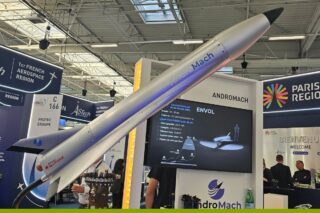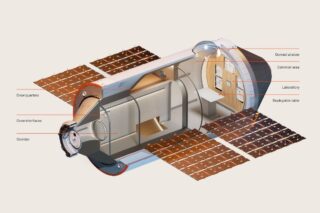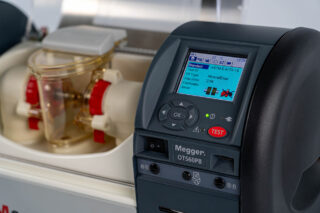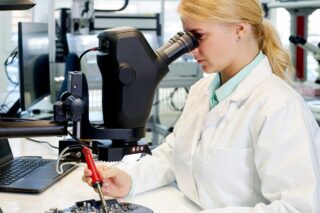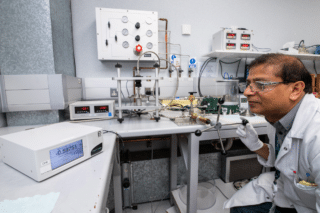Safeguarding workers, maximizing productivity and ensuring the security of the industrial site are the key aims of Honeywell’s new Safety Watch.
The Real-Time Location Solution (RTS), which slots neatly into the US corporation’s OneWireless Network, is a recently launched wearable device with multiple applications.
Veronica Turner, Industrial Safety Solution Leader at Honeywell, explains the solution enables the instantaneous location of any individual wearing it. It also monitors fatigue and sends out an alarm if an employee becomes ill or has an accident.
“There are lots of companies that operate in very hazardous situations, so it is advantageous for them to know as closely as possible where a worker is located. The Safety Watch offers an ecosystem of connectivity that allows workers to be followed on a real-time basis.”
Transmitting Location
Employees or contactors wear a device the size of a deck of cards; this has a strip where their usual ID or entry card may be inserted. It contains a radio frequency identification (RFID) chip that sends a signal to receivers within Honeywell’s multi-protocol, multi-application safety infrastructure.
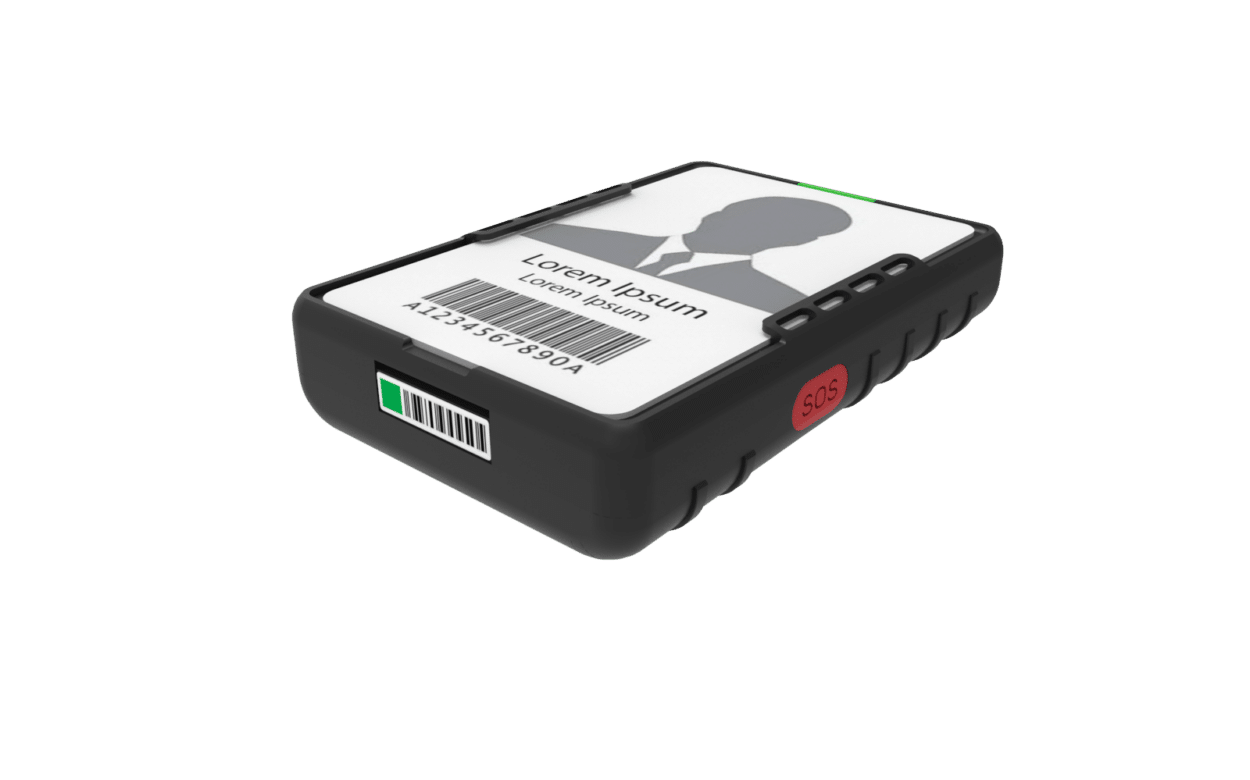
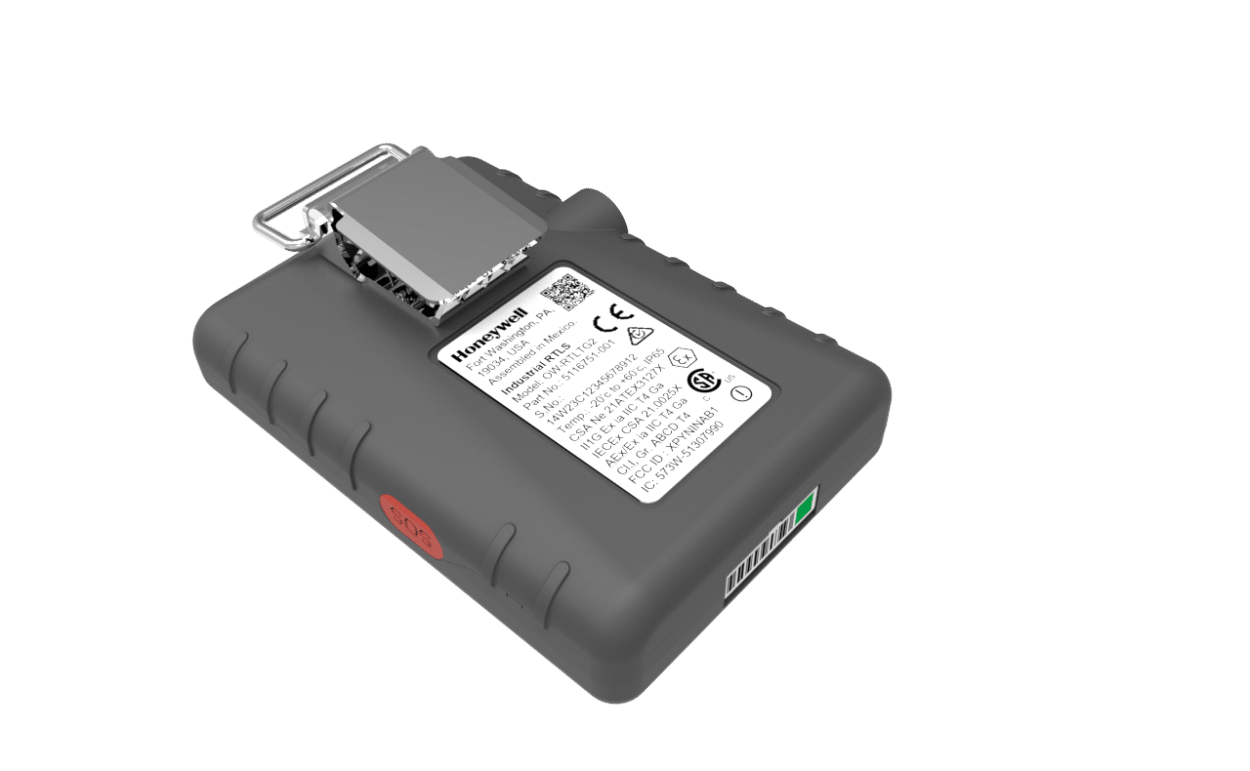
“Because it communicates with the receivers within our OneWireless Network, a company can leverage the technology to transmit the signal from the RFID cards as well as to transmit wireless instrumentation – the infrastructure is the same. We use triangulation to determine where the worker is – it doesn’t matter which direction they are moving in, there will always be a receiver to catch the signal and give an accuracy of three to five metres. One receiver will cover about 150m radius. If there are entry points and companies want to check how many employees are going into a certain area, then we can do a headcount going in and going out with two receivers.”
The information entered into the platform is coded for privacy and security. The device is only for use within the workplace, for the period of time the individual is assigned there. It also has a fatigue monitoring function where algorithms calculate minimum hours of rest and exposure to hazardous locations.
RELATED ARTICLE
A Holistic View
The Safety Watch saves critical time when mustering individuals in the event of a hazardous situation. Workers are no longer expected to slide a card into a reader at a certain location, as long as they approach a mustering station they will be identified and accounted for.
“And when you think of an extreme situation, such as an explosion or earthquake, we have the ability to track the last known location of that person, facilitating the rescue.”
With a geofencing feature too, individuals can be restricted from certain areas of a site. Zones can be isolated in a matter of minutes, safe in the knowledge no-one is located within them. The tags can also be used to track critical assets, such as expensive tools.
“On the productivity side, you can really identify where there are bottlenecks, so you can move people quickly and make their time a lot more productive.”
The solution, which is suitable for any industry, outperforms all human alternatives, Ms. Turner suggests.
“This is part of the Industry 4.0 digital transformation for companies – the more manual processes you have, the more prone you are to mistakes. It offers critical information sharing and adds that layer of personal protection that anyone entering an industrial site would like to have.”
Their next phase of development is probably going to include long-term evolution (LTE) technology to be used when workers are at a remote location.
“We plan to continue to evolve this as part of a much bigger, ambitious set of Honeywell products and solutions, where we can have a holistic view of safety on any industrial site.”







